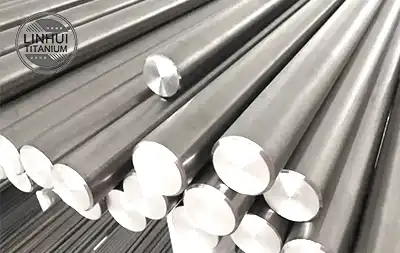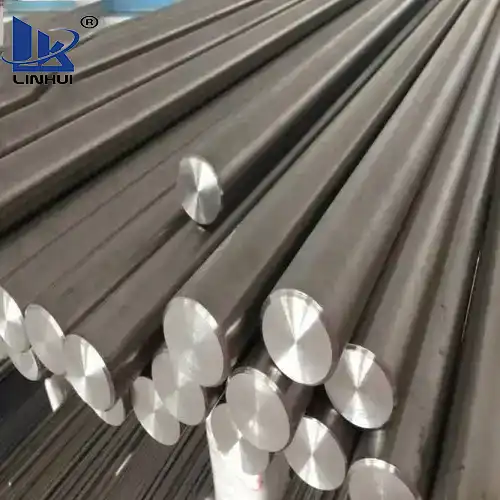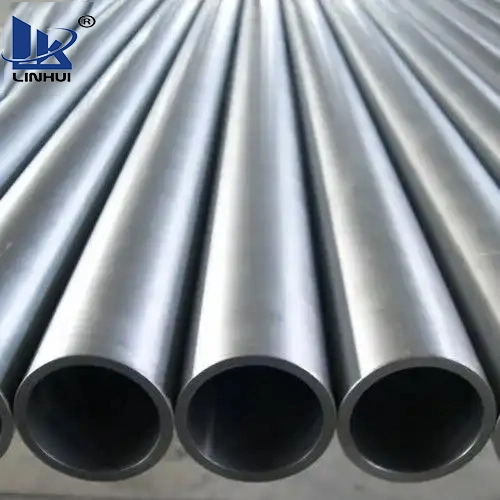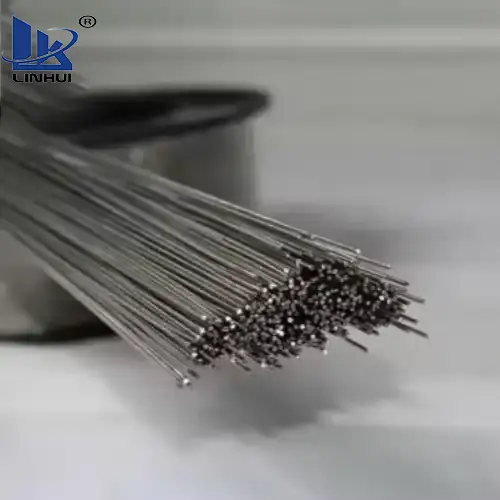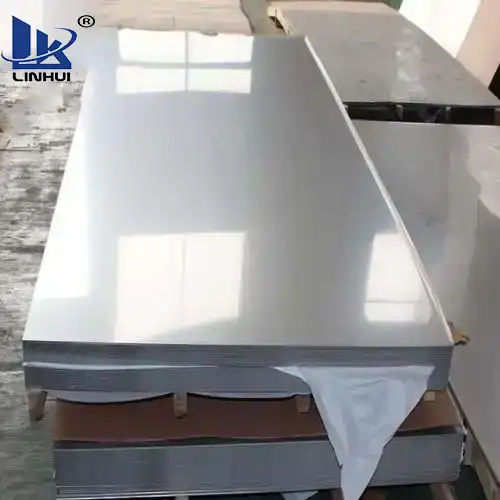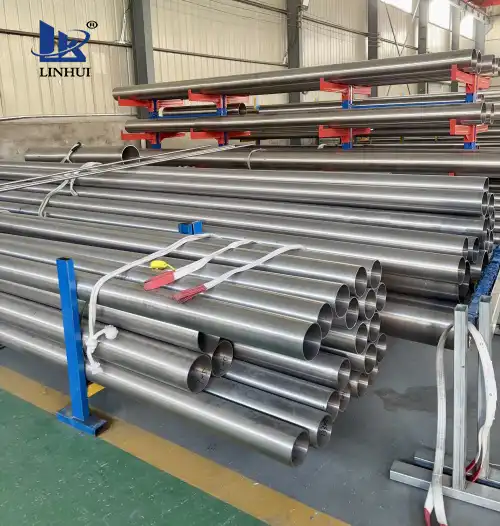Titanium alloy properties
The types of titanium alloys are roughly divided into three categories: alpha titanium alloys, beta titanium alloys, and alpha + beta titanium alloys. Currently, the most widely used titanium alloy specification is TC4 (Ti-6AI-4V), which is a titanium alloy with an α+β phase structure.
Titanium alloy has the characteristics of high strength, good thermal stability, high-temperature strength, high chemical activity, and low thermal conductivity. The higher the temperature, the higher the hardness. It is one of the most difficult materials to process and is very difficult to polish. The grinding performance is very poor. Grinding titanium alloy usually uses 36#-80# particle size.

Problems in grinding
1. The bonding problem of the grinding wheel is serious.
During the grinding process, the titanium alloy on the surface falls off and adheres to the grinding wheel. The bonded surface layer will fall off along with the abrasive grains on the grinding wheel during subsequent grinding, causing serious damage to the grinding wheel.
2. The workpiece is prone to burns, deformation, and cracks
Due to the higher the temperature of titanium alloy, the higher the hardness, the required grinding force is larger, the temperature generated is too high, and the heat transferred into the workpiece is difficult to export. Its heat will destroy the titanium alloy and easily cause burns on the workpiece. , deformation, and even cracks.
Grinding Problem Solutions
During the grinding process of titanium alloy, the grinding wheel is prone to bonding and the workpiece is prone to burns, deformation, and cracks, all of which are caused by the grinding temperature being too high. Higher grinding temperatures will cause severe plastic deformation, causing damage to the workpiece surface, and a bonding effect will occur due to physical or chemical adsorption between the abrasive and the metal.
The most fundamental solution is to solve the heat dissipation problem. A common practice is to effectively increase the grinding ratio and achieve as much removal volume as possible with minimal grinding wheel loss.
Traditional approach: Slowing down the grinding wheel speed will lower the grinding temperature, which will achieve better grinding results than when rotating at high speed. However, in this case, due to the slowed-down speed, the consumption of the grinding wheel will be accelerated and the dressing will be reduced. The more time and frequency, the slower the processing efficiency will be, which will also affect the processing cost, and also have a certain impact on the plane accuracy/dimensional accuracy of the workpiece; therefore, this is not the best method.
Ideal approach: Achieve good heat dissipation effect while maintaining constant rotation speed. Grind at the highest speed allowed by the grinding wheel or grinder. Use the grinding wheel or grinding fluid or processing conditions to achieve better heat dissipation. Try not to lose the rotation speed of the grinding wheel to avoid wasting the grinding wheel. the cost of.
However, the requirements for titanium alloy grinding fluids, in addition to cooling and rinsing functions, are more important to inhibit the adhesion and chemical effects between titanium and abrasive particles. It is advisable to use a water-soluble grinding fluid containing a variety of extreme-pressure additives.
Titanium alloy grinding fluid has excellent biological stability and anti-rust properties. The longest service life can be more than two years; it has good anti-rust performance and reduces the consumption of cutting fluid. At the same time, titanium alloy grinding fluid does not contain harmful substances such as chlorine, nitrite, phenol, etc. It is an environmentally friendly grinding fluid that will not irritate the skin and protect the health of the operator. If you want to use the existing grinding wheel to improve efficiency, you can try to reduce the speed of the grinding wheel to see if the effect is achieved. If so, it proves that the problem is caused by the grinding temperature, and you can start from this condition to look at other conditions. How should it be set?
In general, it is to use the heat dissipation of the grinding wheel and the cooperation between other heat dissipation methods, such as cutting fluid, etc., to provide better heat dissipation. The above is the titanium alloy grinding characteristics and heat dissipation optimization plan.






